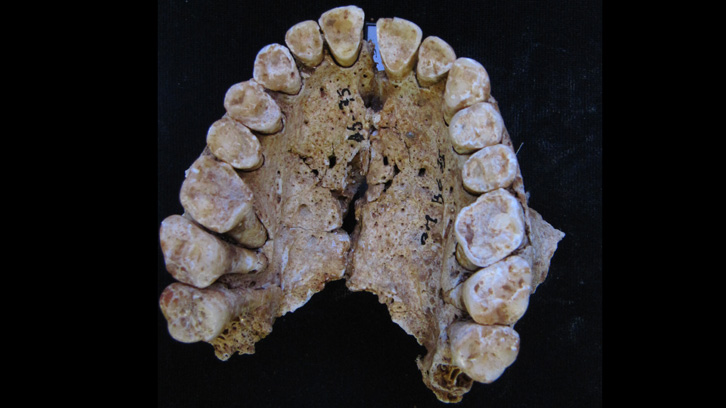Were there biological differences between the individuals of the diverse cultures coexisting in the Neolithic Age?

During the Neolithic Age and afterwards, several funerary practices coexisted in the northeast of the Iberian Peninsula from the Mediterranean to the Atlantic. According to archaeological data, there was a coexistence of sepulchral caves and megalithic monuments at the end of the Neolithic, following the dominance of open-air pit burials during the Middle Neolithic.
The aim of this work is to analyze the biological relationships between individuals representing those cultures, based on their dental morphology – the first such attempt.This study presents data of 156 individuals from this period, and will allow elucidate thepopulation dynamics including the role of migrations and other factors.
The results indicate that there were no significant differences between the groups living in Atlantic and Mediterranean areas. This lack of differences could be related to trade activities between the two basins, which would contribute to individual exchanges between groups. Furthermore, according to biological affinities, trade activities along the Mediterranean Sea had a more marked influence over the Catalan populations than those from the Atlantic basin.
There are no biological differences between groups representing the open-air pit culture and the sepulchral caves in each area. Finally, the megalithic groups from the Atlantic basin differ the most from the surrounding populations. This could be indicative of a slightly different biological origin of the people related to this culture.
Department of Animal Biology, Plant Biology and Ecology
Universitat Autònoma de Barcelona
References
D. López-Onaindia, M. E. Subirà, Prehistoric funerary complexity in northern Iberia studied by using dental morphology. HOMO - Journal of Comparative Human Biology. Volume 68, Issue 2, March 2017, Pages 122-133

